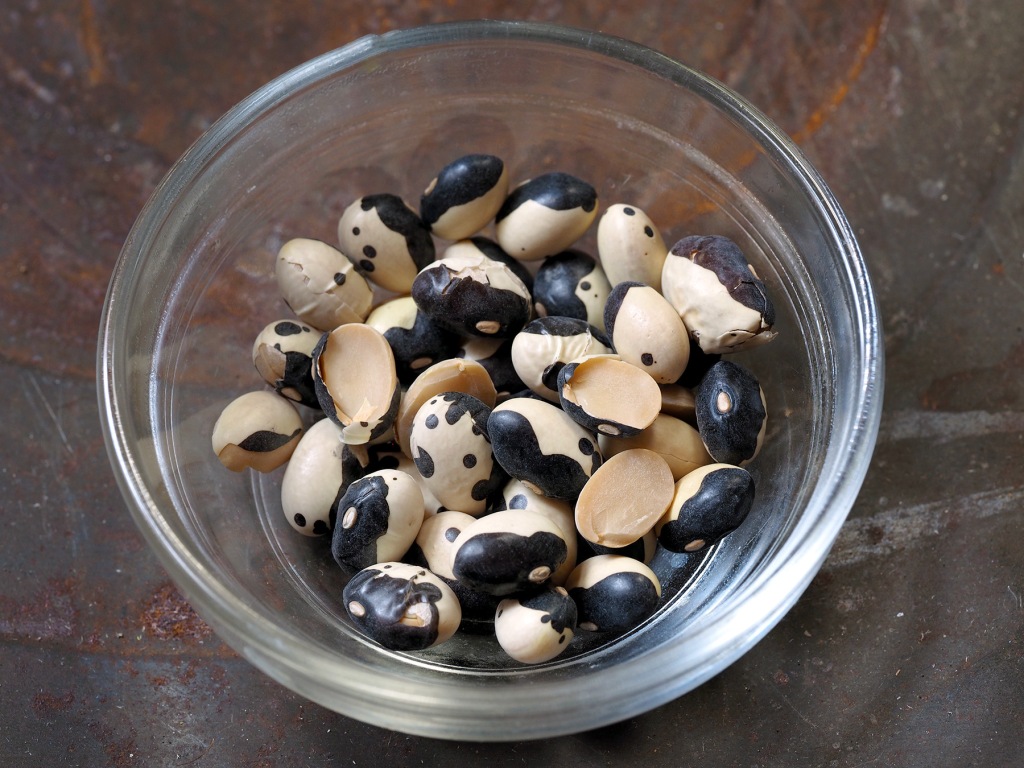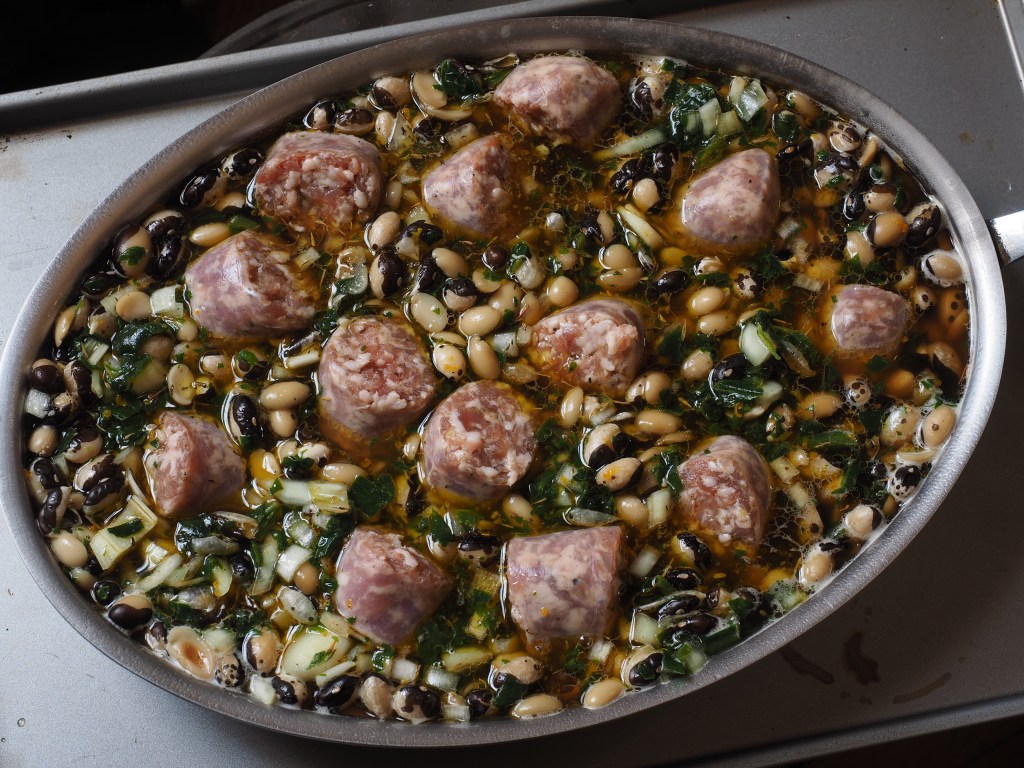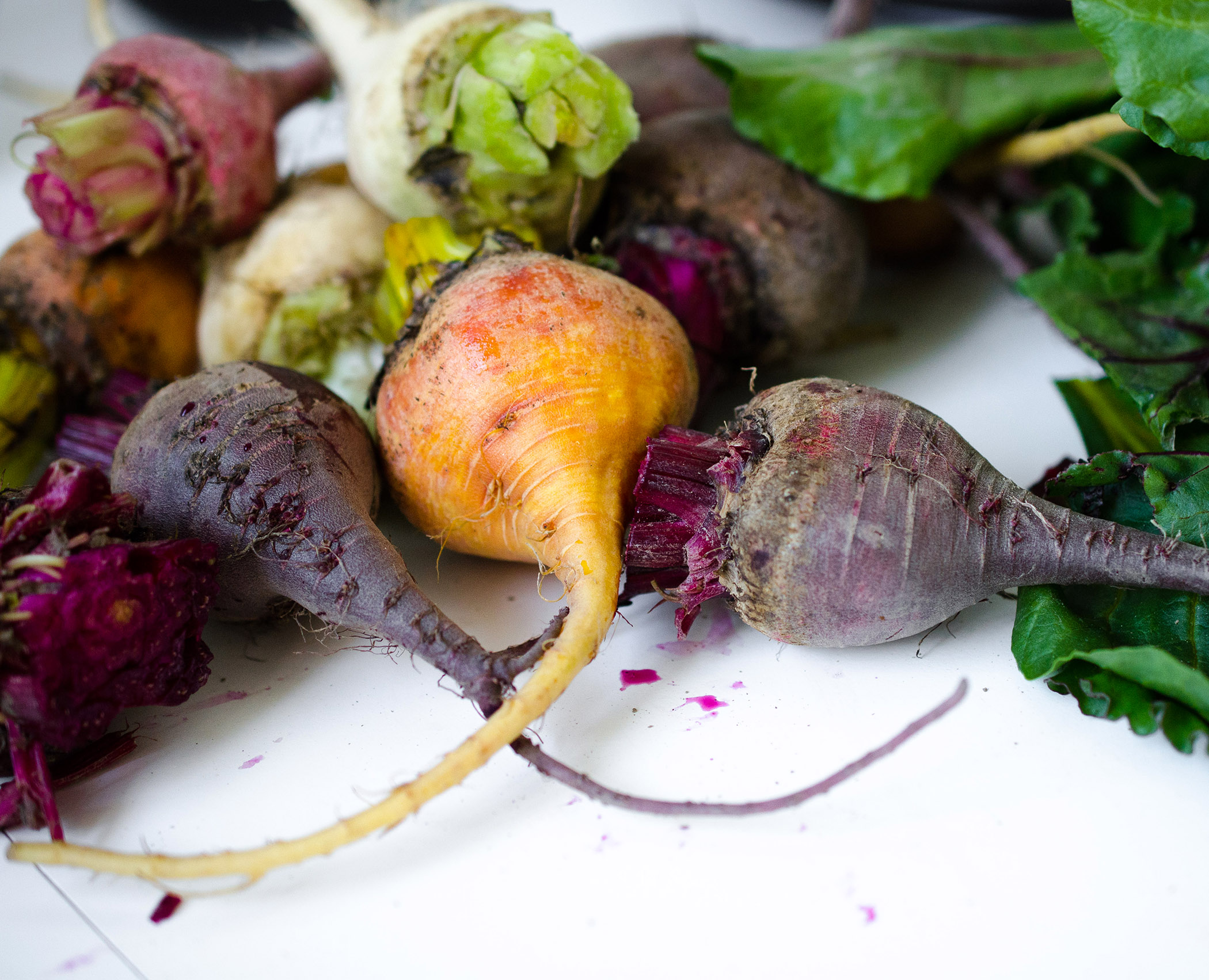
We were introduced to these cookies by our friends, Stuart and Dean. Stu is English, where cookies are biscuits, and Dean is from New Zealand where Anzac biscuits are cookies that are a national treasure. They were created during the era of World War I; some say to send to the troops fighting abroad, some say to sell at home to raise funds for the war effort and some say that neither of these tales are true. And I don’t think it matters how they came to be, they are just plain delicious! They are, of course, to Americans simply a version of oatmeal cookies. Anzac biscuits are great to have on hand to dunk in a cuppa or crunch on as they are quite dry and crispy and keep forever.
Makes about 2 dozen
½ cup (1 stick) unsalted butter
2 tablespoons dark corn syrup
1 cup rolled oats, either instant or old-fashioned
1 cup all-purpose flour
¾ cup dessicated coconut – I use organic, finely shredded unsweetened
Scant ¾ cup sugar
Pinch salt
1 cup raisins
1 cup chopped walnuts or pecans
2 tablespoons boiling water
1½ teaspoons baking soda
Preheat the oven to 350°F.
Line 2 cookie sheets with silicon liners or parchment paper. If you have neither, lightly grease them. Set aside.
Combine the butter and corn syrup in a small saucepan over very low heat. Warm until just melted and combined. Keep warm.
Combine the oats, flour, coconut, sugar and salt in a mixing bowl. Add the raisins and walnuts, stirring to blend well.
Pour the boiling water into a medium bowl. Immediately add the baking soda and stir to dissolve. Take care as it will bubble up quickly. Pour the warm butter mixture into the soda mixture and stir to combine.
Drizzle the butter mixture over the dry ingredients and begin stirring to combine. It is not a wet mixture so you will need some muscle to mix.
When well-combined, form the dough into small balls. I’d say about the size of a walnut. Place the balls, about an inch or so apart, on the prepared cookie sheets.
Place in the preheated oven and bake for about 15 minutes or until firm, beautifully browned and crisp. The whole point of these cookies is that they should be relatively dry, darkish brown and sturdy enough to last some time.
Remove from the oven and transfer to a wire rack to cool.
When cool, store, covered, for up to 3 weeks.











